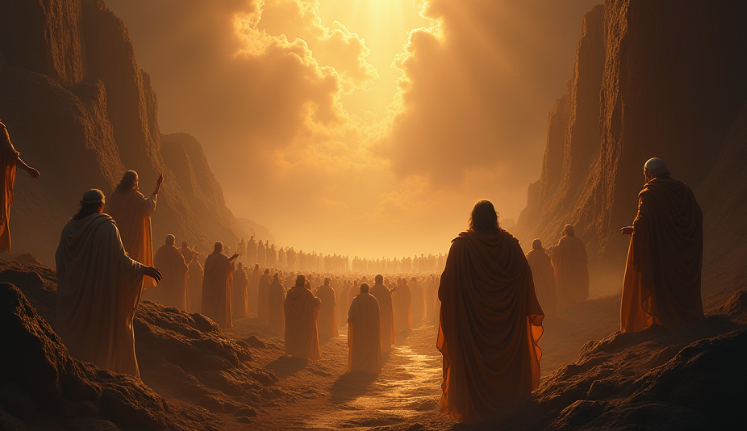Gary continues speaking with Kim Burgess about 1 Corinthians 15 and the timing and nature of the resurrection.
This eschatology debate is not going to have any hope of getting anywhere if we simply argue back and forth among ourselves over a series of isolated proof texts. The solution to this deep and complicated debate is not simply going to be a matter of comparing this verse with that verse in abstract isolation. This sort of approach can and always will be contested. People just come at these disputed verses and say, “Okay, well, that is simply your interpretation. I have a totally different and better interpretation than yours.” In other words, your hermeneutic does not agree with my hermeneutic.
This proof texting approach does not get us anywhere. There must be a Biblical hermeneutic per the covenantal paradigm that answers these debated eschatological questions for us definitively. I insist that this Biblical hermeneutical paradigm is explicitly defined by the Biblical covenants; in particular, by what the epistle to the Hebrews calls the “first [covenantal] administration”—the temporary Old Covenant order (Moses and David)—and the “second [covenantal] administration” which is Christ and His eternal New Covenant order. When we finally get to it in this series, we will start to see that because of the death and resurrection of Jesus, these two distinct covenantal administrations in Israel’s history of redemption did not have the same ruling hermeneutic, outwardly speaking, in terms of the form or the manner of fulfillment of what had been promised.
There was a transition between the two covenantal administrations in Israel, a covenantal paradigm change, and this is where many people today get lost or derailed, especially the Dispensationalists. They say these promises to Abraham were all literally/physically promised and so, therefore, they insist that they must be literally/physically fulfilled to the Jews as a people at some time in our future. But, despite this preferred penchant for fulfillment by way of a carnal literalism , the New Testament testifies to us over and over, “No, they will not! This will not be the nature or the form of the New Covenant fulfillment!”

The Hope of Israel and the Nations
The reader and student of the Bible must first understand the content of the New Testament writings in terms of how those in the first century would have understood it. The New Testament is written against the background of the Old Testament. The shadows of the Old were fulfilled in the reality of the New. All the rituals and ceremonies were fulfilled in Jesus. The same is true of the temple, land, blood sacrifices, the nature of redemption, the resurrection of the dead, the breaking down of the dividing wall dividing Jews and Gentiles, and so much more. The New Testament's emphasis is on the finished work of Jesus and its application, not only to that Apostolic generation but to the world today.
Buy NowGary continues speaking with Kim Burgess about 1 Corinthians 15 and the timing and nature of the resurrection. Kim continues teaching about Sheol, the realm of the dead, and how Jesus gave victory over it. Believers no longer die and go to Sheol, they immediately enter the presence of Christ. As Paul taught, “to live is Christ and to die is gain” (Philippians 1:21) and “absent from the body, present with the Lord” (2 Cor. 5:8).

